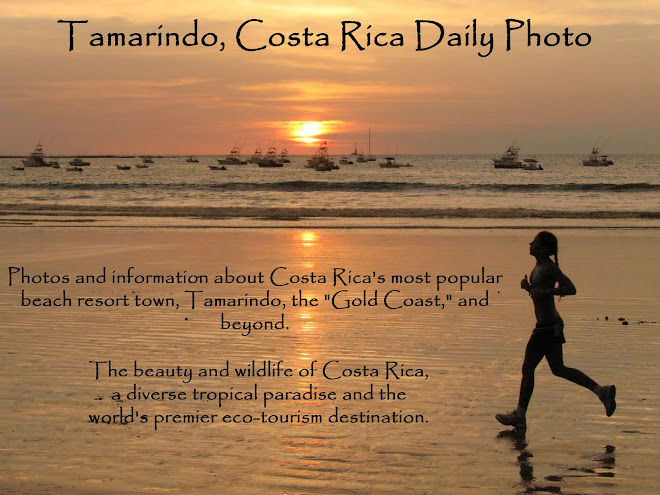+IMG_3134.jpg) This is the interior of St. Mary's Church, with sparks flying as a worker operates a grinder on some of the metal he is fabricating.
This is the interior of St. Mary's Church, with sparks flying as a worker operates a grinder on some of the metal he is fabricating.I will show photos of the sculpture and features of the church in upcoming posts. In this photo you can see one of the marble panels on the wall under each window. The floor is made of hexagon granite tiles. The walls are also granite.
The most spectacular feature of the church is hidden behind the purple protective cloth in the top left corner of this photo. I will show that area on the day after tomorrow and will unveil what is under the cloth. I predict that you will be amazed.
The American benefactor who donated much of the funds to build this church, Frank Barnyak, said that he wanted to build something as a tribute to his late wife, Mary (1923-2005), that would last 1,000 years. With granite walls and floors, this church should be exactly that.
In most small communities that have grown to a size where they warrant a church for the first time, the first church constructed is a modest one. That is not what is happening in Tamarindo. The first church has been built with the materials, design and decor that is creating a small cathedral, not a modest small town church. In the future I will also show the closest church to Tamarindo so you can contrast it to this new new church.





+0236+P1000255.jpg)
+0111D+P1000303.jpg)






+IMG_2753.jpg)






+0175+DSCN6266.jpg)
+0229C+DSCN6322.jpg)



++IMG_0483.jpg)










